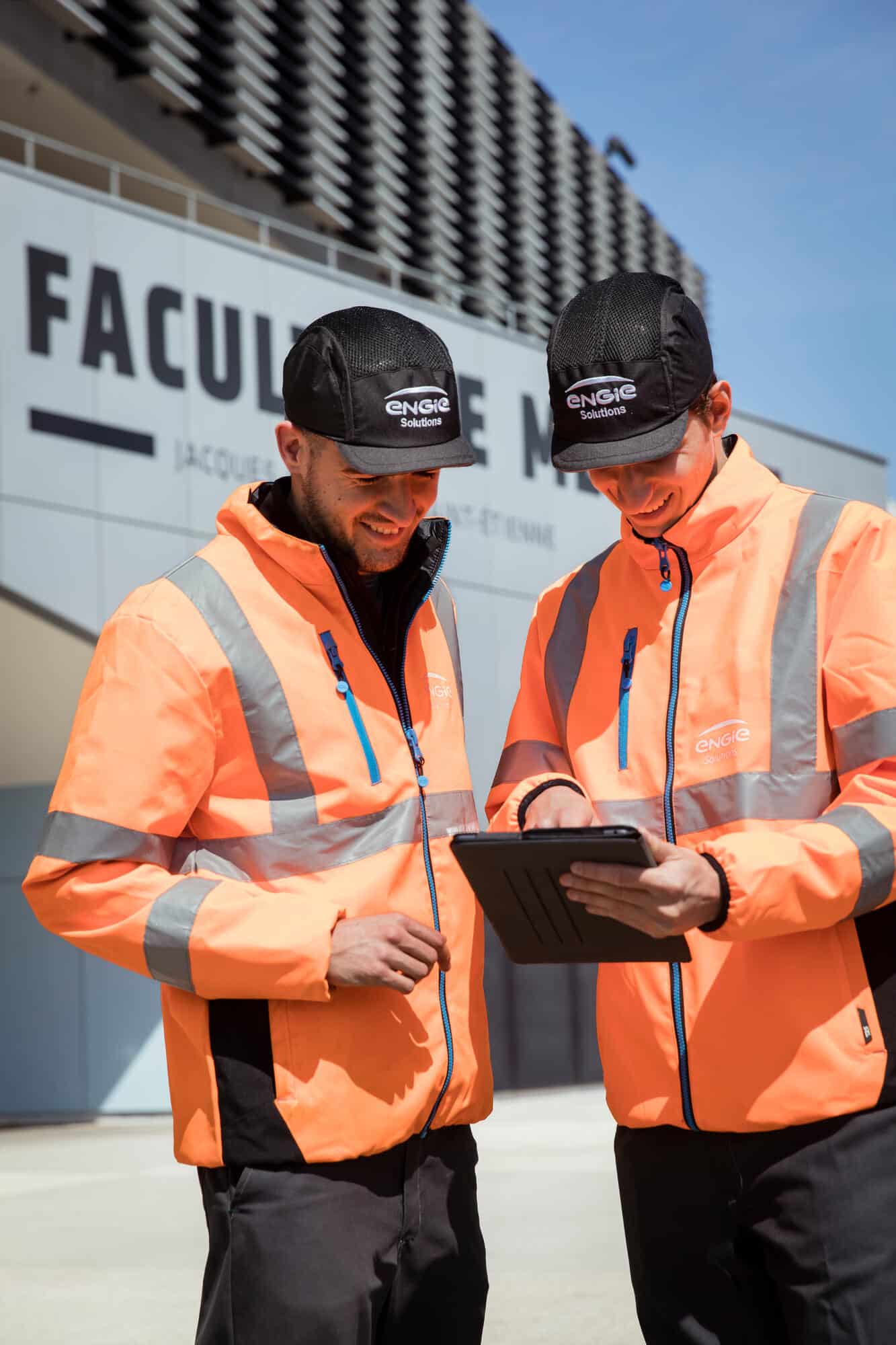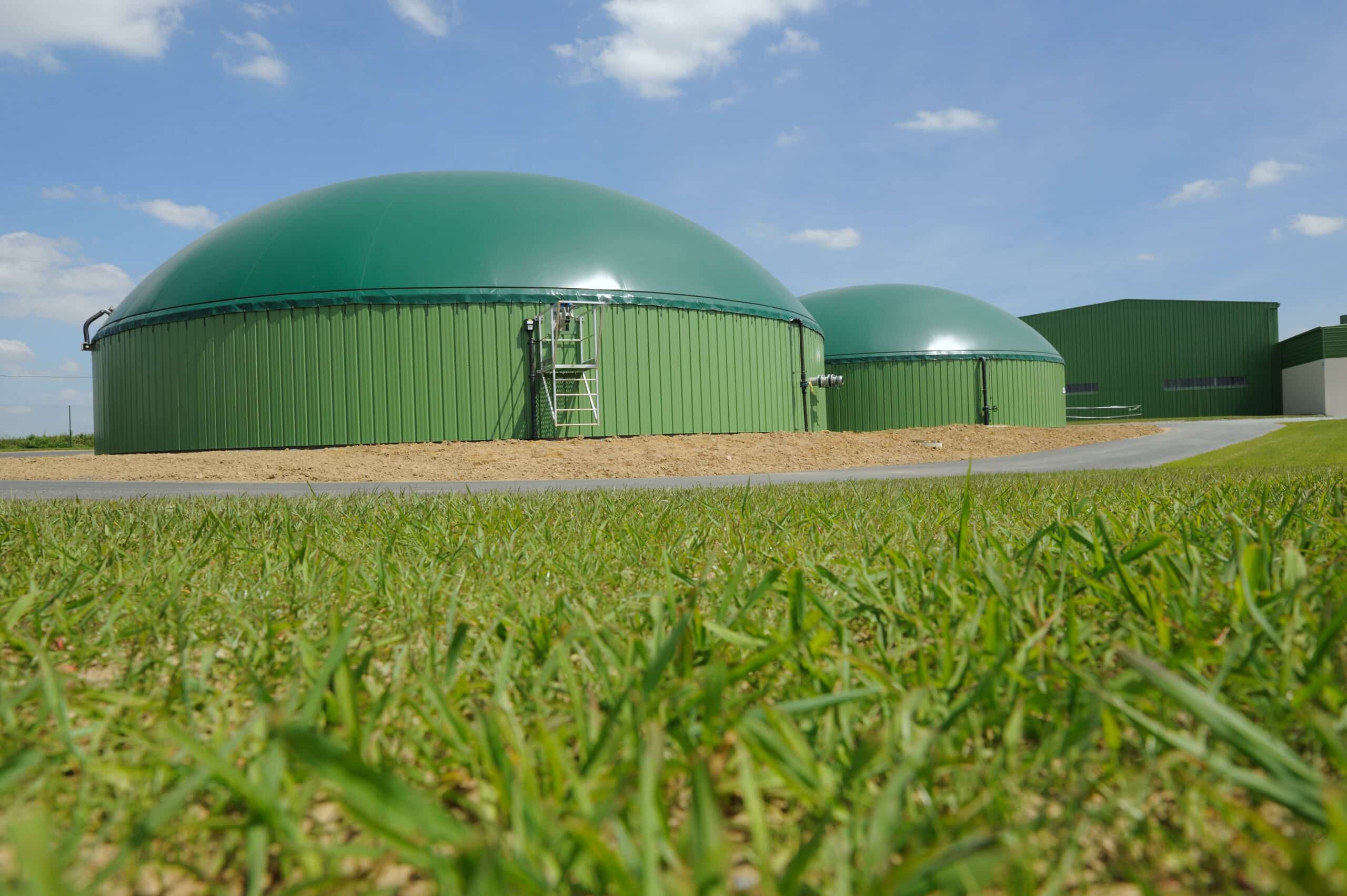Promote renewable gases: biogas, first, second and third generation biomethane

Terms of the action or commitment
Reusing carbon from waste by transforming it into biogas is a direct application of the principle of circularity (in this case, of carbon) to energy.
First generation (1G) biogas is produced by anaerobic digestion of dry or wet biomass from household waste or agriculture: we are at the commercial stage, but it is a question of developing technological progress and connected sites – France is one of the countries in Europe with the greatest potential for the development of biogas France is one of the European countries with the greatest potential for biogas development: 5000 TWh/year today out of more than 18,000 possible.
Second generation (2G) biomethane is produced by conversion (gasification then catalytic methanation) of lignocellulosic biomass – agricultural and industrial waste; this sector is not yet profitable but ENGIE aims to but ENGIE aims that it will be for 2020, date at which the process currently tested with the GAYA project will enter in phase of industrialization ; the potential in France is more than 90 TWh/year.
The third generation biomethane (3G) will be produced by microalgae by transforming solar energy: the potential is considerable but cannot yet be estimated.
1G GRDF: 100 sites in 2018; 2G: GAYA: end of pilot/demonstration in 2020; 3G: maturity not before 2030.
Levers mobilized for circular economy (according to Ademe)
Implementation timeline
Starting year
2011
Ending year
2029
Main actors mobilized
Internal actors
1st generation (1G): GRDF, ENGIE COFELY. 2nd generation (2G) and all generations: gas activities, Research& Innovation Department (ENGIE Lab CRIGEN)
External actors
ADEME, INSA Toulouse, INRA, IRSTEA, and much more for the GAYA project
All project leaders
Geographic area
France
Photo / Video
2022 follow-up of the action
Date of follow-up
April 19th 2022
Methods of validation of the follow-up
The monitoring of this commitment is carried out by GRDF's CSR team.
Status of the action
In progress
Completed
a) Results
Achieved
Partially achieved
Not achieved
b) Numerical / Qualitative information
Cancelled
Explanations
Comparison with the projected pace in the last publications
Keeping up with the times
In advance
Delayed
365 sites connected to the network injected 4.3 TWh of biomethane in 2021; 401 sites were connected at the end of March 2022
– The objectives are 12 TWh of biomethane injected in 2023 and 20% of renewable gas in the gas consumption by 2030
– A significant number of projects: 26 TWh of production registered in the capacity register in the third quarter of 2021 and 515 biomethane injection sites planned for the end of 2022.
– GRDF is continuing to work on initiatives to develop methanization in synergy with the agricultural sector, associations, research and education, and institutions:
o Publication, as part of the work of the Strategic Committee of the sector, of a report shedding light on the various methods of quantifying the carbon impacts applied to methanization
o Launching of the “progress contract” with partners in the sector, which aims to encourage operators to sign up to a continuous improvement approach for the operation of their site
o Distribution, in partnership with Solagro and CLER (the network for energy transition), of a practical guide for regions to implement a sustainable methanization approach on their territory
o Publication of the Life Cycle Assessment study specifically on agricultural methanization resulting from work carried out from 2019 to 2021 with INRAE
o See also and in particular the publication by the WWF in spring 2020 of a reference framework on the conditions of sustainability of methanization: https://www.wwf.fr/sites/default/files/doc-2020-03/20200317_Rapport_Methanisation-agricole_WWF_GRDF-min.pdf
– Other actions are underway or to come to achieve the objectives to 2030, we can cite in particular:
o A proactive approach to the emergence of agricultural projects (targeted communication campaigns, marketing campaigns)
o A strengthening of the relationship and service provided to producers (industrialization of the interlocution scheme, processes, tools and professionalization of teams)
o Launching research and development projects on technologies that promote the injection of renewable gas in the territories, innovative technologies for the production of renewable gas (methanation, electromethanogenesis), the safety of biomethane activities and the agro-environmental challenges of agricultural methanization





